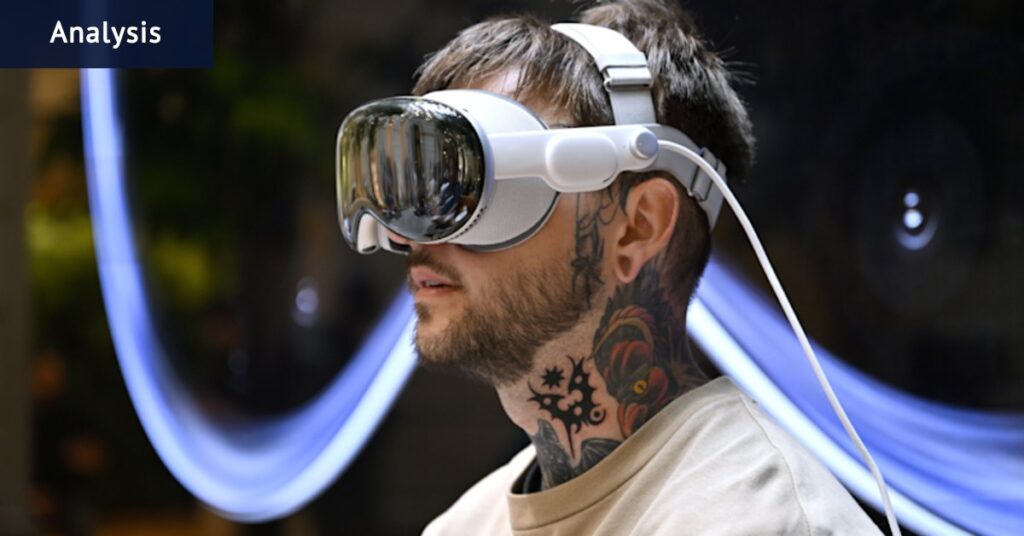
Let’s face reality: VR is dead. At least for now. Despite billions in investment from tech giants like Meta, Apple, Sony, and Samsung, virtual reality has failed to capture the mainstream audience in 2025. The technology, though advanced, remains a niche curiosity, often left to gather dust on shelves.
The technology works, but the problem is, nobody wants to use it. The situation is exemplified by Apple’s Vision Pro, which launched in Australia last year at a staggering $5,999. Despite its impressive specifications, including sharper displays and sophisticated eye tracking, the Vision Pro feels like a solution in search of a problem.
The Quest for a Killer App
Every transformative technology needs its killer app—a compelling use case that justifies the hardware’s existence. For VR, the lack of such an application is glaring. While games like Beat Saber offer brief entertainment, they fail to provide a lasting reason for consumers to invest in VR headsets.
According to a T3 writer, even the most enthusiastic tech reviewers struggle to find time for VR, stating,
“The reality is that even the most enthusiastic of tech reviewers only has so many hours in each day, and if a device doesn’t manage to eat some of those up, that’s no shameful thing.”
This sentiment reflects a broader consumer disinterest, as conversations at social gatherings increasingly focus on AI rather than VR.
The Physical and Philosophical Challenges
VR headsets face inherent physical challenges. The Vision Pro, for example, weighs 725 grams—comparable to an iPad Mini but strapped to your head. Even with advanced design features, the discomfort remains a significant barrier to widespread adoption.
Moreover, VR’s philosophical flaw lies in its requirement to block out the real world. While manufacturers attempt to mitigate this with pass-through video, the isolation remains a fundamental issue. This is in stark contrast to augmented reality (AR), which enhances rather than replaces reality, offering a more socially acceptable and comfortable experience.
VR’s Future: A Professional Tool
Despite its struggles in the consumer market, VR has found success in professional settings. In Australia, sheep farmers use VR training platforms to learn climate-resilient farming practices. Similarly, companies like Vantari and Viewport XR are leveraging VR for medical training and high-risk simulations.
These applications demonstrate VR’s potential as a professional and enterprise tool, where the value justifies the friction. In fields like flight simulation, medical training, and architectural visualization, VR’s immersive capabilities offer significant advantages.
The Rise of Augmented Reality
In contrast to VR, augmented reality holds promise for mainstream adoption. Companies like Meta, Snap, and Google are developing smart glasses that integrate AR features. These devices, which enhance reality without isolating users, align more closely with how people want to interact with technology.
Potential applications for AR glasses include hands-free video calls, instant translation, and real-time navigation, all of which offer practical benefits in everyday situations. This approach represents a more natural evolution of immersive technology, one that aligns with human behavior and preferences.
Virtual reality, while technically impressive, has missed its window for mass adoption. As consumers continue to shy away from strapping computers to their faces, the future of immersive computing appears to lie in augmented reality. When AR glasses become as ubiquitous as smartphones, we’ll look back at today’s VR headsets as impressive technology that solved the wrong problem.
For now, VR remains a niche tool, primarily used in professional settings, while the promise of augmented reality continues to capture the imagination of both consumers and developers alike.







